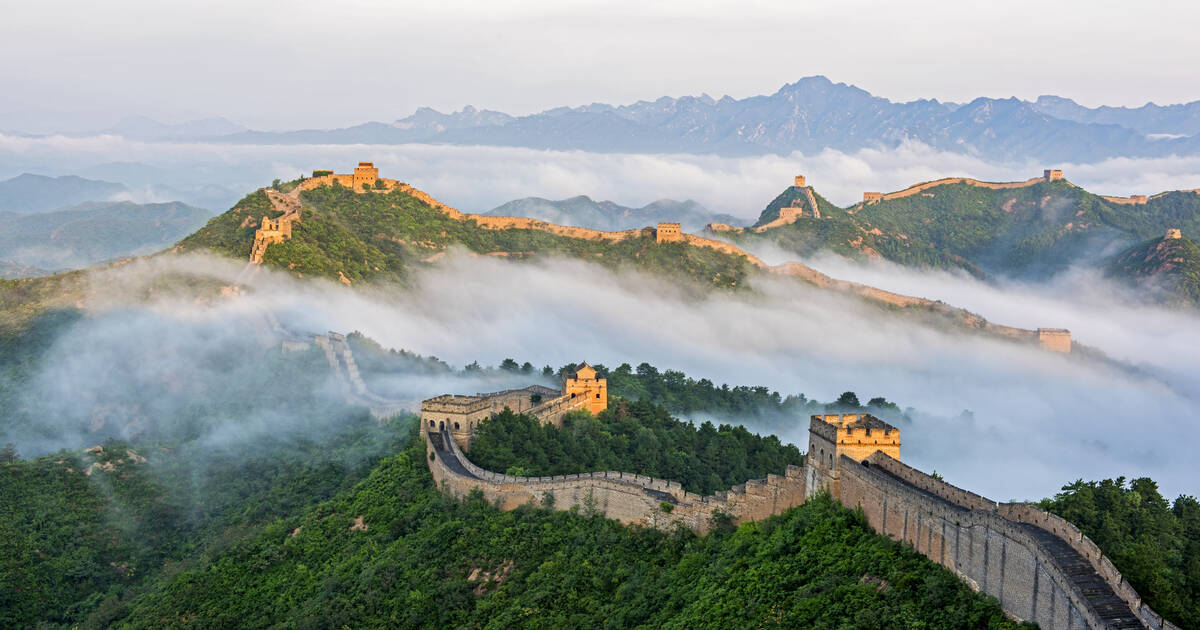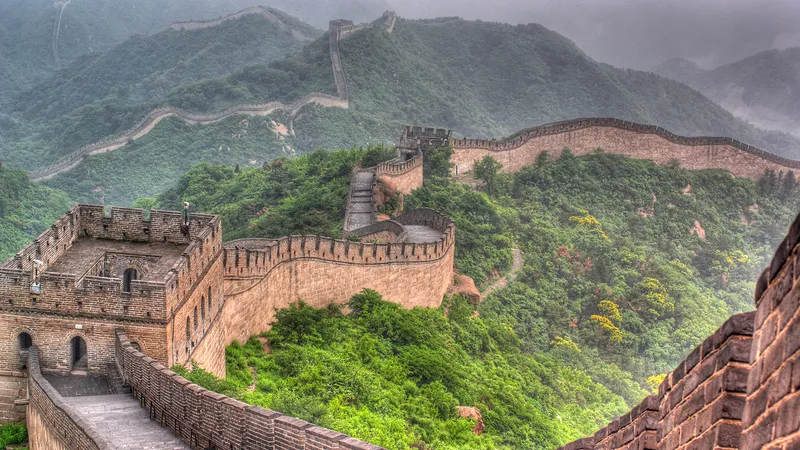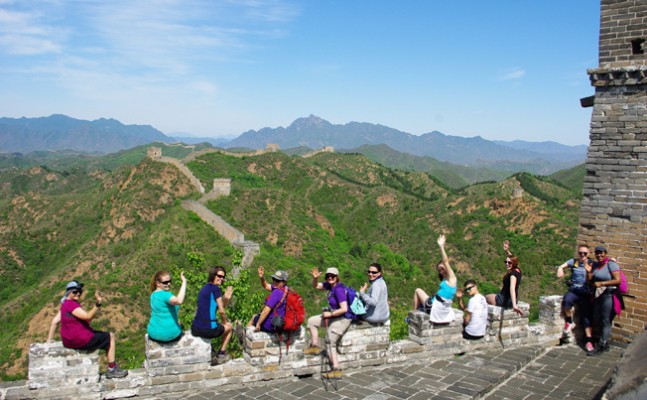 Introduction
Introduction
The Great Wall of China is one of the most iconic and enduring symbols of China’s history and culture. Stretching over 21,000 kilometers (13,000 miles), this colossal structure winds through deserts, mountains, and plains, showcasing the ingenuity, resilience, and determination of ancient Chinese civilization.
Recognized as a UNESCO World Heritage Site, the Great Wall attracts millions of visitors each year who come to marvel at its size, architecture, and historical significance. Often described as one of the greatest architectural feats in human history, it is both a tourist destination and a symbol of China’s rich heritage.
History of the Great Wall of China
The construction of the Great Wall spans several dynasties, beginning as early as the 7th century BCE. Its primary purpose was to protect Chinese states and empires from northern invasions. Key periods of construction include:
-
Early Walls (7th–5th century BCE): Built by individual states during the Warring States period.
-
Qin Dynasty (221–206 BCE): Emperor Qin Shi Huang connected several regional walls to defend against the Xiongnu.
-
Han Dynasty (206 BCE–220 CE): Extended the wall into western territories for trade route protection.
-
Ming Dynasty (1368–1644 CE): The most famous sections were built during this era, featuring brick and stone fortifications, watchtowers, and garrison stations.
The wall is a testament to military strategy, engineering, and the political ambition of ancient China.
Architecture and Structure
The Great Wall is not a single continuous wall but a series of walls, trenches, and natural barriers. Key features include:
-
Length: Over 21,000 km (13,000 miles), including all branches.
-
Height: Averages 6–7 meters (20–23 feet), with watchtowers rising higher.
-
Width: 4–5 meters (13–16 feet), allowing soldiers to patrol and transport supplies.
-
Materials: Stone, brick, tamped earth, wood, and other local resources.
Watchtowers served as observation points and communication hubs using smoke and fire signals. Fortresses and garrisons were built to house soldiers, supplies, and weapons.
Cultural and Historical Significance
The Great Wall symbolizes more than defense; it represents:
-
Chinese ingenuity and engineering – Advanced construction techniques adapted to different terrains.
-
National unity – Connecting various states under a single structure.
-
Cultural heritage – A source of inspiration for art, literature, and tourism.
-
Strategic military importance – Protecting trade routes such as the Silk Road.
The wall has become a global icon of perseverance and cultural identity, inspiring awe worldwide.
Popular Sections to Visit
1. Badaling
-
Closest to Beijing and the most restored section.
-
Accessible by bus or cable car.
-
Popular for first-time visitors and family trips.
2. Mutianyu
-
Well-preserved with fewer crowds than Badaling.
-
Offers cable car, chairlift, and toboggan rides.
-
Surrounded by beautiful forests, especially during autumn foliage.
3. Jinshanling
-
A partially restored section with rugged scenery and fewer tourists.
-
Excellent for hiking and photography.
4. Simatai
-
Known for steep slopes and original watchtowers.
-
Offers night tours for a unique experience.
5. Jiankou
-
Popular among adventure seekers for its wild and unrestored sections.
-
Requires professional guides due to challenging terrain.
 Things to Do at the Great Wall
Things to Do at the Great Wall
-
Hiking and Trekking: Explore different sections for a mix of restored and wild experiences.
-
Photography: Capture panoramic views of mountains, watchtowers, and valleys.
-
Cultural Tours: Learn about the wall’s history, military significance, and local legends.
-
Camping: Some sections like Jiankou and Gubeikou allow overnight stays for stargazing.
-
Cable Car and Toboggan: Experience the wall in a fun and convenient way at Mutianyu.
Best Time to Visit
-
Spring (April–May): Pleasant weather and blooming flowers.
-
Autumn (September–November): Mild temperatures and vibrant foliage.
-
Summer (June–August): Hot and crowded; ideal for early mornings or late afternoons.
-
Winter (December–February): Cold, less crowded, and snowy scenery provides unique views.
How to Reach the Great Wall
-
From Beijing:
-
Bus or Tour: Many organized tours to Badaling, Mutianyu, and Simatai.
-
Private Car or Taxi: Convenient for customized trips.
-
Train: High-speed trains available to nearby stations such as Badaling and Huanghuacheng.
-
-
From Other Cities: Accessible via flights or trains to Beijing followed by day trips.
Accommodation Near the Wall
-
Beijing Hotels: Wide range from budget to luxury, convenient for day trips.
-
Local Guesthouses: Near Mutianyu or Jinshanling for an immersive experience.
-
Resorts: Some sections offer resorts with scenic views of the Wall.
Travel Tips
-
Wear Comfortable Shoes – Walking on uneven stone steps and steep slopes.
-
Bring Water and Snacks – Especially if hiking less-restored sections.
-
Check Weather – Avoid rainy or extremely hot days.
-
Arrive Early – Avoid large tourist crowds at popular sections.
-
Respect Rules – Don’t climb unsafe sections or damage the structure.
-
Hire a Guide – Gain historical insights and navigation help.
Fun Facts About the Great Wall
-
Visible from space? The myth is debated, but it remains one of the largest man-made structures.
-
The wall’s construction involved millions of soldiers, peasants, and prisoners.
-
Some sections were built using sticky rice mortar, a unique ancient Chinese technique.
-
It crosses mountains, deserts, and rivers, showcasing remarkable adaptability.
-
Over 25 dynasties contributed to its construction over 2,000 years.


You must be logged in to post a comment.